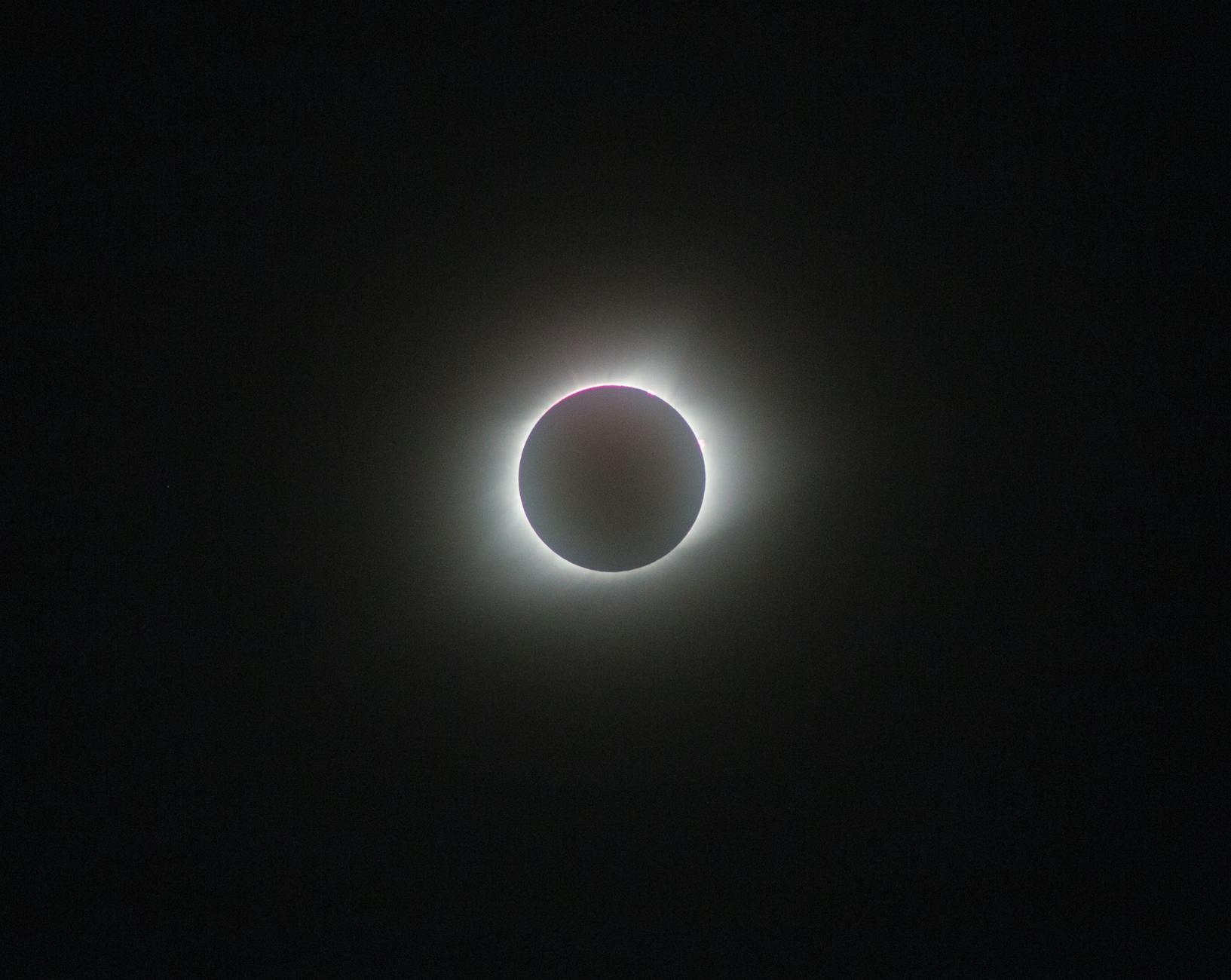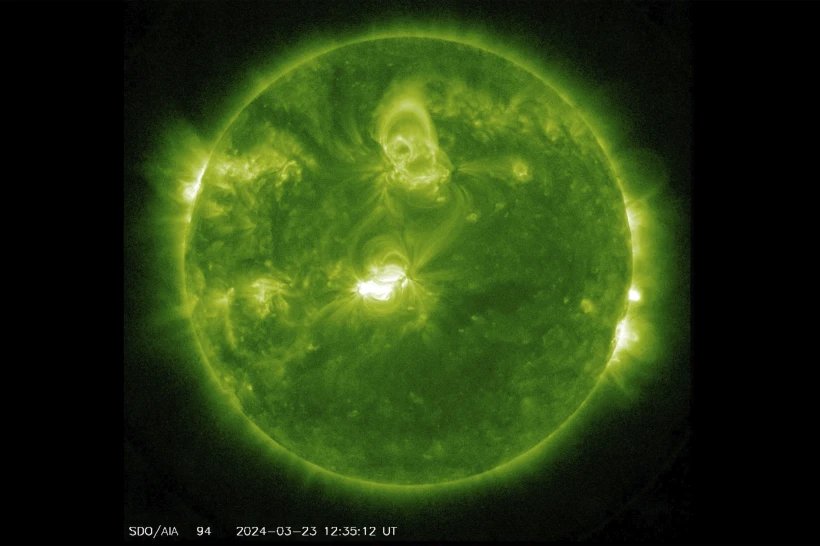The first day of Fall, aka the Autumn Equinox, is on Sunday, September 22, 2024 at 8:44 A.M. EDT in the Northern Hemisphere. The equinox is special because this is when the Sun is positioned in the sky so that there is equal day and night—each lasting for 12 hours. After this, the days …





